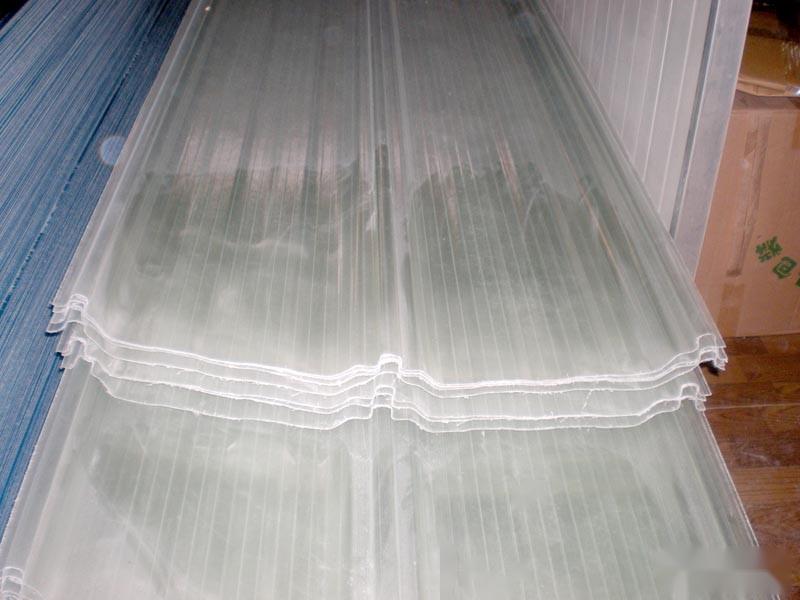24-hour service hotline: 13101787658 Contact: Manager Zhang QQ: 1163414281 Quality excellence \ competitive prices \ quality assurance \ welcome new and old customers to visit!!!!
Essential conditions for FRP
Raw materials: Resin + High-performance film + Glass fiber Function: Strong UV resistance + Strong chemical corrosion resistance + Strong self-cleaning + Strong aging resistance + Strong chalking resistance + High light transmittance maintenance
II. Strength and Stiffness
Strength refers to the maximum stress values within the material when the FRP lighting panel fails under load, including tensile, bending, impact, and shear strength.
Stiffness indicates the resistance of the FRP lighting panel to deformation. Therefore, when forming the FRP lighting panel, reinforcing ribs can be added in certain areas or using sub-fibers on the surface to enhance stiffness.
The curing degree of the FRP lighting panel is ≥85%, so the lighting panels produced by our company have both stiffness and toughness, and are not brittle, making them easy to construct and install.
III. Physical Properties Items Bending Strength Tensile Strength Shear Strength Density Oxygen Index Shore Hardness
Test Results 181 MPa 105 MPa 96 MPa 1.43 g/cm
IV. Common specifications of FRP lighting panels include:750, 840, 820, 980, 950, 900, 475, 760, and 1m-1.2m wide flat panels, etc., totaling over 100 types.
V. The conventional classifications of FRP lighting panels include: economic type, weather-resistant type, thermal insulation type, flame-retardant type, and corrosion-resistant type, five major types.
VI. The widespread applications of FRP lighting panels include: roof and wall lighting for industrial plants, thermal insulation and lighting for agricultural greenhouses, roof lighting for public sports venues, and special requirements for flame-retardant, corrosion-resistant, and thermal insulation in buildings.
VII. The current national standard for FRP lighting panels is:GB/T14206-2005.















